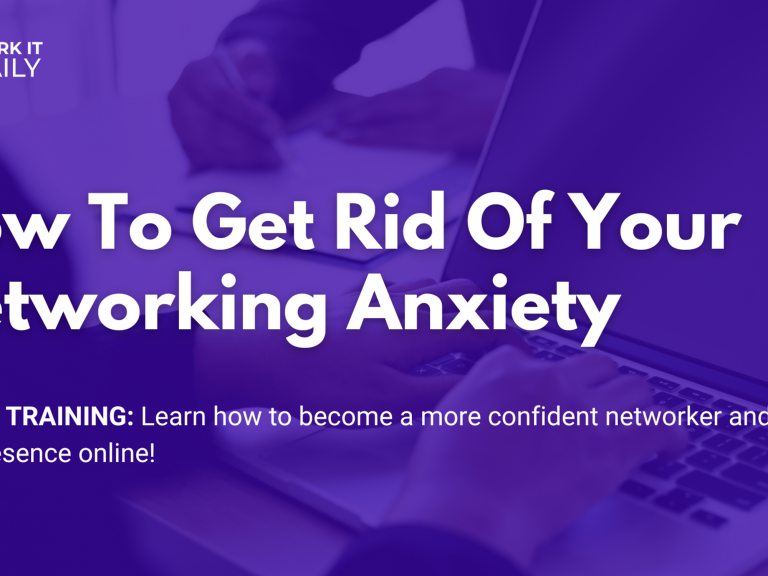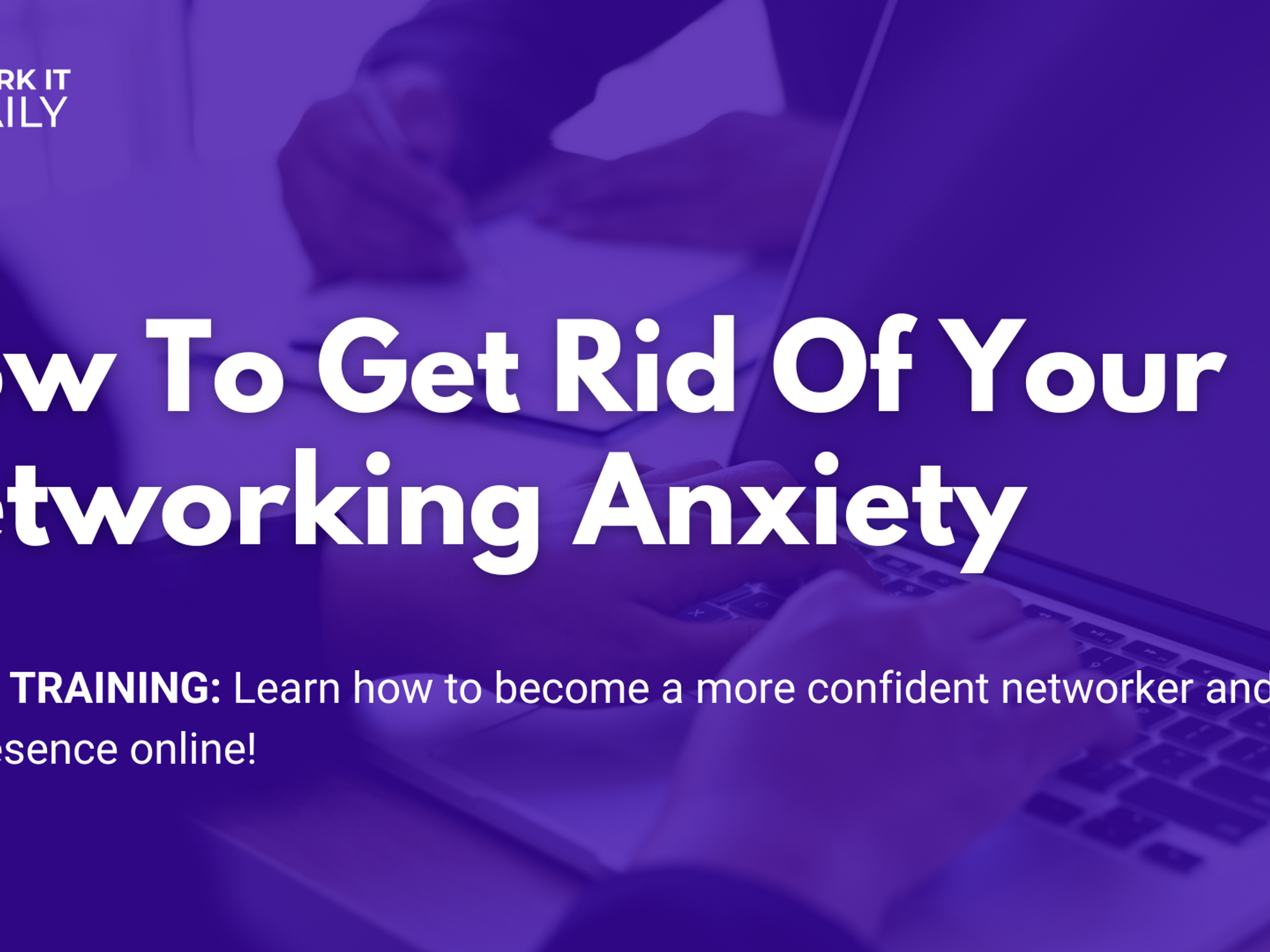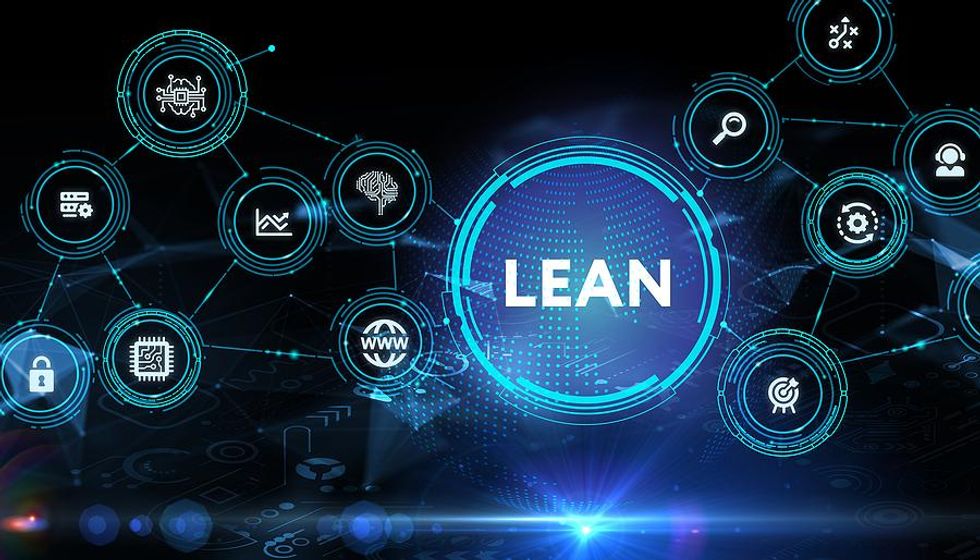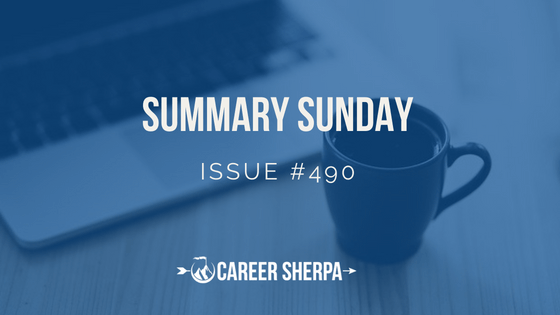3 Dead Ends When Conducting Business In China

China. Not so long ago, this is the market where any company in softwareâor any type of technology, for that matterâhad to be present, somehow!
To many, the Middle Kingdom seemed to be an economic roaring tiger sprinting its way to the pinnacle of the world economy. According to the World Bank, in 2019 China was still growing at a 6% clipâalmost triple the United States (2.2%) and easily surpassing India (4%) during the same period. And albeit it no longer grew at the warp speed of over 9%, it did so from a much larger GDP.
But then, COVID-19 came, and China hit a major speed bump. And today, the news is focusing on the woes faced by the Chinese economy, with some of the key decisions taken by the government to steer clear of the pandemic having wreck havoc on multiple supply chains both domestically and internationally.
Is China passé already?
I would argue here that just as some people were buying too much into the hype before, many are now more than a tad too pessimistic.
China still has a large, increasingly sophisticated market. Albeit its number of bachelor’s degree holders is still lagging when compared to the likes of Europe and Japan, it can still count on a relatively educated population, with 35.8% of the 25-34 years old with a two-year degree or higher (by comparison, Austria has 39%).
And for having visited the country many times over two decades, I have witnessed a country that built world-class infrastructures that should greatly facilitate further economic growth.
No one can predict the future. But in all likelihood, China will be a hugely important market for a number of companies. Which begs the question: how can business people ensure the success of their organizations there?
The answer: in part by avoiding some dead ends I saw people engaging in.
Dead End #1: Believe In Chinese Market StereotypesâPositive Or Negative

It seems to me that some people just LOVE thinking of the future in terms of absolutes. Just like a fad would either “change everything” or “completely peter out,” emerging markets would “completely eclipse” more established ones or be “a mere mirage.”
The 1980s were all about the might of Japan. The 2000s and 2010s were all about China’s rise.
Many were subjugated. They had to be involved in the Chinese market. There was a gold rush, Shanghai was the new Eldorado, and fortunes could be made swiftly and easily for those bold enough to move.
Some locals were also quick to cash in on the hoopla. Many times, I had potential partners vaunting just how rich we would become if only we accepted to do business with them. They knew so many people with so much money to spend!
Of course, these were mostly illusions.
Just like in any other country, entering a new market isn’t easy. People don’t know your company, and thus the level of trust required for business to happen must be built. China is no different than, say, Canada, where Target failed to enter the market.
You should never attempt to enter a foreign market telling yourself that you are in for an easy ride.
But then, others drank another type of Kool-Aid. According to some, China will soon collapse under its own weight, as its economy is fundamentally flawed.
There is always the possibility that some calamity will happen which will throw back the country several decades. But in my view, it is very unlikely to happen. After all, doomsayers have been announcing the end of the China miracle for decades, and yet the country continues to develop at a brisk pace. According to the World Bank, between 2005 and 2021, the GDP in constant dollars has been multiplied by more than 8.
Likewise, in over 20 years of experience traveling to China, I personally saw the country significantly upgrade its infrastructure at a quick pace, sometimes losing my way as things changed too much for me to recognize them. And I am usually pretty good at finding my way around, with or without GPS.
The well-advised businessmen and businesswomen would do well to take a cool-headed approach to the Chinese market.
Dead End #2: Neglect Guanxi

Trust is at the heart of all business relationships. How that trust is built depends on the conditions encountered locally.
For instance, in countries like the United States, this trust is often reliant on the court system. Two contractual parties can partially assuage their fears that their counterpart will not live to its obligations by trusting that a third partyâa judgeâmay step in and rectify any violation of the agreement.
In international transactions, it is a tad more complex, more with some countries than others. Trust must therefore be reinforced in other ways.
Make no mistake: your Chinese counterpart also feels nervous about engaging in a business relationship with you.
Enters guanxi, the Chinese word that literally means relationships. In order to build trust, Chinese counterparts will often attempt to develop a personal relationship with you. They will pepper you with questions about who you are, who is your wife or husband, how many kids you have, and so on.
In my experience, this process often takes place around food. Your hosts would treat you to a feast at night, many times with plenty of beers. But it can also happen in much less luxurious settings, such as having lunch with clients in their cafeterias.
This may feel odd or even downright uncomfortable to some Westernersâespecially when your host gives you some token of their appreciation, such as a box of tea or ginsengâpartially because of the personal nature of the questions, and also out of a concern for the whole exercise being all about bribing you into doing things you should not.
However, usually, this is not the case. Your Chinese hosts are simply trying to build trust. They want to know who you are and for you to feel a personal, moral obligation to deliver on your end of the bargain. And, oh yes, the Chinese also appreciate a good meal!
In my case, I made it a point to take advantage of all these opportunities, including with the teams I built in China. I would insist to go to the same restaurants they usually went to, preferring the more humble establishments with local fares to the pretentious hotels serving Western food.
This achieved two goals. First, I got delicious meals that are hard to find anywhere else. China is basically a continent of flavors in its own right.
Second, I melted the social distance between myself and my hosts. I knew this when local employees would tell me that they could tell me anything because “you understand us,” or when a client would tell me they wouldn’t bring other foreigners to a humble restaurant serving a particularly hot dish “but with you we can.”
And this translated into additional deals.
Dead End #3: Believing That Only Through Partners You Can Enter The Chinese Market

How many times did I hear someone telling me it was impossible to do any business with anyone in China if I did not have a Chinese partner? According to some, potential clients there would never accept to do any business with me.
Complete hogwash. I sold directly to corporations located in Chinaâand I did so initially from the United States, thousands of miles away!
(Granted, some deals required software sourcing houses to complete the international transaction; however, these weren’t partners and I did not have to give them any discount at all [even if, of course, they asked for it]. They were paid a fee by the clients.)
This is not to say that partners cannot be helpful. Of course, they can, especially the ones with a real Rolodex of potential clients. If you are a startup without the financial means to fuel expansion through local offices, the right partners may be an excellent way to generate business quickly.
However, the broad conclusion that any type of commercial engagement in China must rely on partners is incorrect. Foreign direct investment (FDI), and even at times direct sales from other territories, can be done.
And how could it be different? I saw many foreign companies working in embedded software with significant activities in China. They sometimes went there to engage in the rapidly expanding market, sometimes to tap the local pool of talent, and most of the time both at once. In many cases, they had budget authority on many projects and would go for the best solution, local partner or not.
What about local Chinese companies? During my time at Vector, they represented a significant portion of our sales, and the same could be said for one competitor of ours. And, truth be told, there the help of local partners can be instrumentalâespecially if well-managed.
Still, there are plenty of direct deals to be had for those bold enough to open an office and visit it from abroad regularly.








































